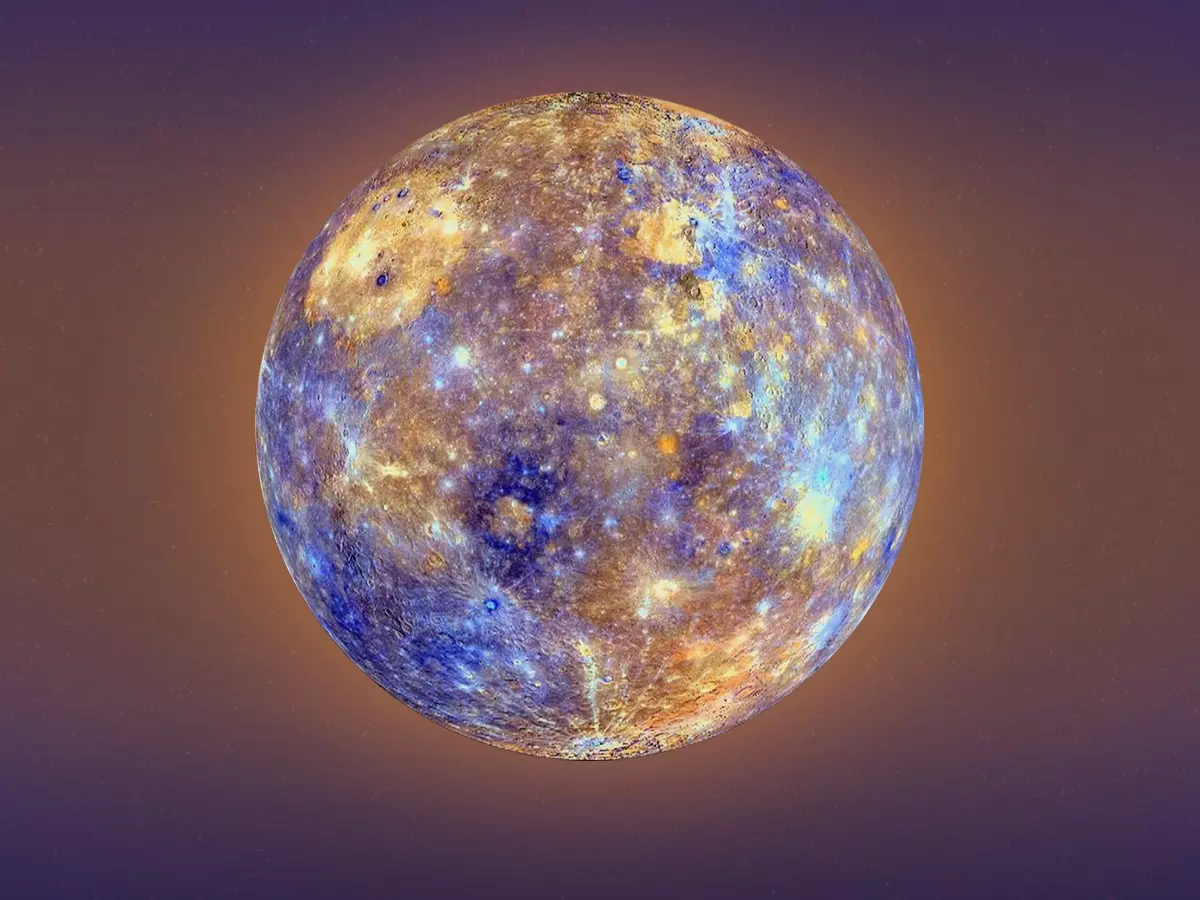Are Ancient Remains Of Mercury Hiding On Earth? Here's Why Scientists Think So
Scientists from the University of Lorraine in France think that pieces of Mercury's former body may be tucked away in Earth's museums and meteorite collections

Are shards of planet Mercury hiding on Earth? Scientists think that Mercury, the closest planet to our Sun was once a much larger cosmic body, until it collided with another space object and got ripped of its mantle. What remains of it now is the core, and scientists think Mercury was at least twice its current size long ago.
While this theory doesn't have concrete evidence, scientists from the University of Lorraine in France think that pieces of Mercury's former body may be tucked away in Earth's museums and meteorite collections. By studying them, researchers want to resolve Mercury's turbulent history. The idea was presented at the Lunar and Planetary Science Conference in March, The New York Times reported.
 NASA
NASA
Mercury's "small revolution"
At the conference, Camille Cartier, a planetary scientist from France, said that studying samples could "be a small revolution" in understanding how our solar system evolved.
Also read: Mercury Space Mission Offers Rare Glimpse Of Least Explored Planet In Solar System
 NASA
NASA
Humanity's current collection of meteorite remains doesn't account for Mercury and Venus, the inner most planets in our solar system. According to the Meteoritical Society, 70,000 meteorite samples have been gathered across the world. Most of these emanated from the asteroid belt between Mars and Jupiter. 500 of these sample are from our Moon while 300 are from our neighbouring planet Mars.
Scientists have assumed that this may be because space rocks situated close to the Sun may find it difficult to venture deeper inside the solar system due to our central star's gravity.
The aubrites question
Researchers are especially interested in aubrites, a rare kind of space rock, named after the village Aubres in France, where the first type of aubrites was found in 1836.
According to NYT, aubrites have a pale colour and small amounts of metal. In addition, these rocks are low in oxygen and appear to have formed in an "ocean of magma." So far, 80 aubrite remains have been found on Earth.
 NASA
NASA
Also read: Hubble Finds 'Something Strange' To Suggest Our Universe Doesn't Expand Uniformly
Now, scientists are convinced that aubrites came from Mercury. If the planet witnessed a collision with a large object, large amount of Mercury's material would have been shot into space. According to Cartier, some of this debris would have been pushed by solar wind towards the asteroid belt. But Cartier is also of the view that some pieces of aubrites eventually made their way to Earth, falling as aubritic meteorites.
Samples of aubrites found on Earth have low levels of nickel and cobalt, a detail scientists say matches with the original proto-Mercury. In fact, data from NASA's Messenger spacecraft from Mercury between 2011 and 2015 reveals similarities between aubrites and Mercury's composition. "This could resolve the origin of Mercury," Cartier said.
 NASA
NASA
Europe and Japan's joint mission "BepiColombo" that would orbit Mercury is currently on its way. Such hypothesis could be tested in the mission. Cartier has already presented her idea to BepiColombo scientists.
What do you think about Earth potentially harbouring remains of Mercury? Let us know in the comments below. For more in the world of technology and science, keep reading Indiatimes.com.
References
O¡¯Callaghan, J. (2022, May 23). Shards of the Planet Mercury May Be Hiding on Earth. The New York Times.
